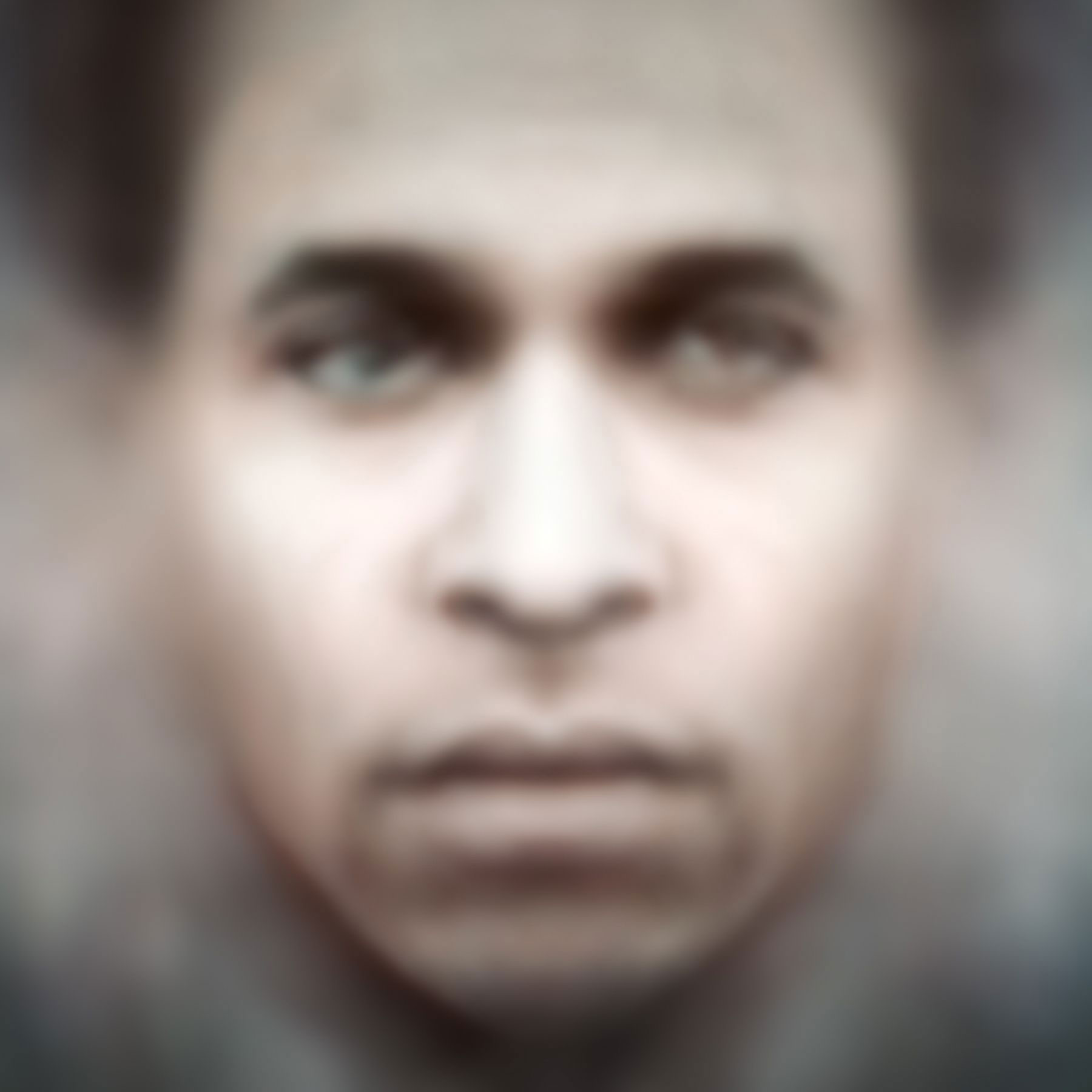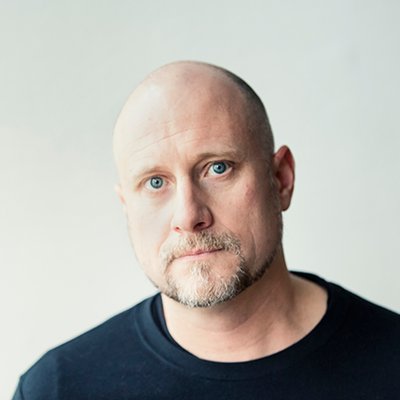
Trevor Paglen’s robot revolutionary
The artist says his portrait of a dead revolutionary shows how tech may come to be used to kill off dissent
According to Trevor Paglen, human photographers are in a minority. Hard to believe in an age of instagram we hear you say but stick with him for a minute.
“We’ve probably come to a moment in history when most images are made by machines for other machines, with humans rarely in the loop,” the artist tells the New Museum curator Lauren Cornell in our new book.
“There are countless examples," he goes on. "Automated License Plate Readers mounted to bridges and police cars automatically read and track vehicle license plate numbers. Facial recognition algorithms linked to security cameras in airports and public spaces. Or multispectral imaging cameras used in industrial settings, and the powerful AI algorithms that can trawl through hundreds of billions of photographs on the internet to identify the people, places, objects and activities depicted in them.”

“Now that humans-seeing-with-eyeballs are a special case in a visual landscape overwhelmingly characterized by machine-seeing,” he says, “we have to reconsider the theoretical tools that we use to think about visual culture.”
The implications, from Paglen’s point of view, are pretty huge. States could, for example scan, identify and automatically fine every jaywalker, for example, with very little human oversight or civic engagement.
To join in with this march, Paglen and his team have developed software that allows them to use machine algorithms, similar to those employed in automatic image production and recognition, to create real portrait images, of a type known as 'eigenfaces'.
Among the images Paglen and his team chose to process into this late eighties technology were pictures of political philosophers such as Frantz Fanon. The 20th century Martinique-born writer and revolutionary was a pivotal figure in the post-colonial struggle.
As Paglen sees it, Fanon, who died back in 1961, left us with plenty to consider, but little to equip us for contemporary struggles. “Classic critical texts on representation, from Saussure to Barthes, Fanon, Sontag and many others, aren’t really equipped to think about automation, operations, active landscapes of sensing and images that actively look at humans,” he tells Cornell.

What’s more, our automated, technocratic society may weed out any future Fanons before they have a chance to dream up and disseminate new types of resistance. Paglen’s ghostly machine-made Fanon is both a reminder of what has past, and what is possibly to come.
For more insight into Paglen's art buy a copy of our Trevor Paglen Contemporary Artist Series book here.